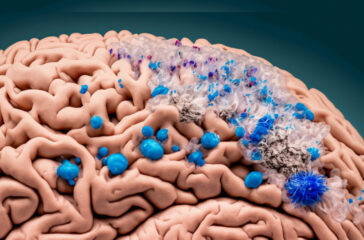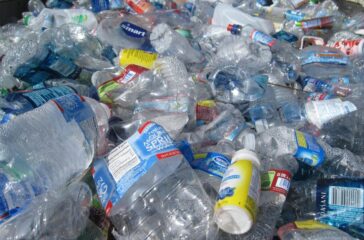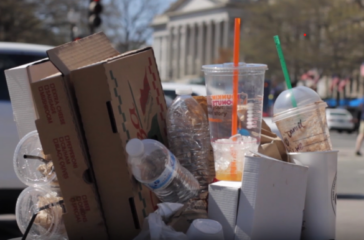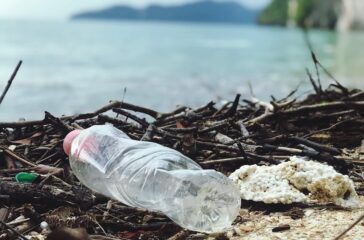“It’s scary”- Scientists finding mounting evidence of plastic pollution in human organs
By Douglas Main
A growing body of scientific evidence shows that microplastics are accumulating in critical human organs, including the brain, alarming findings that highlight a need for more urgent actions to rein in plastic pollution, researchers say.
 EWG
EWG





